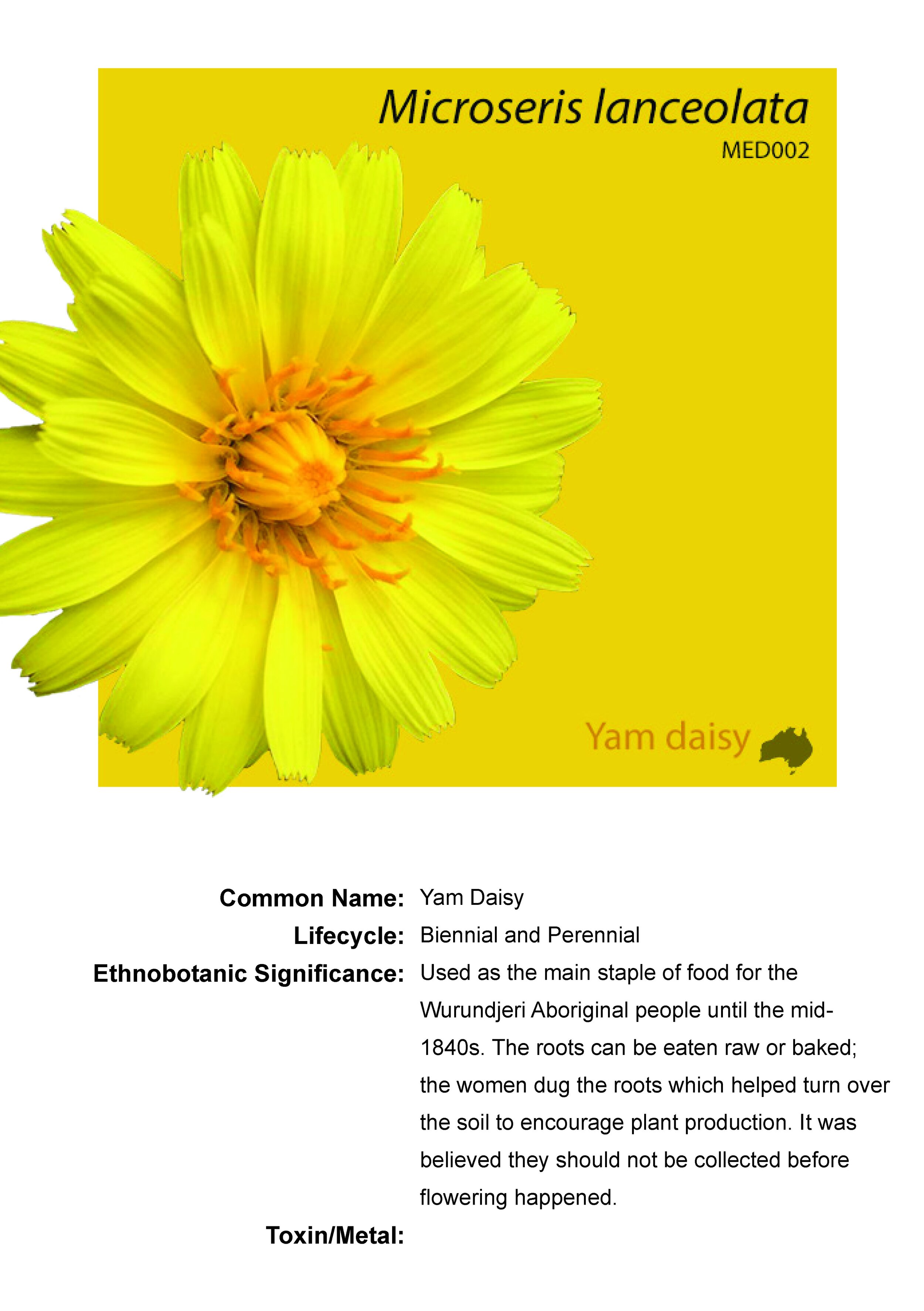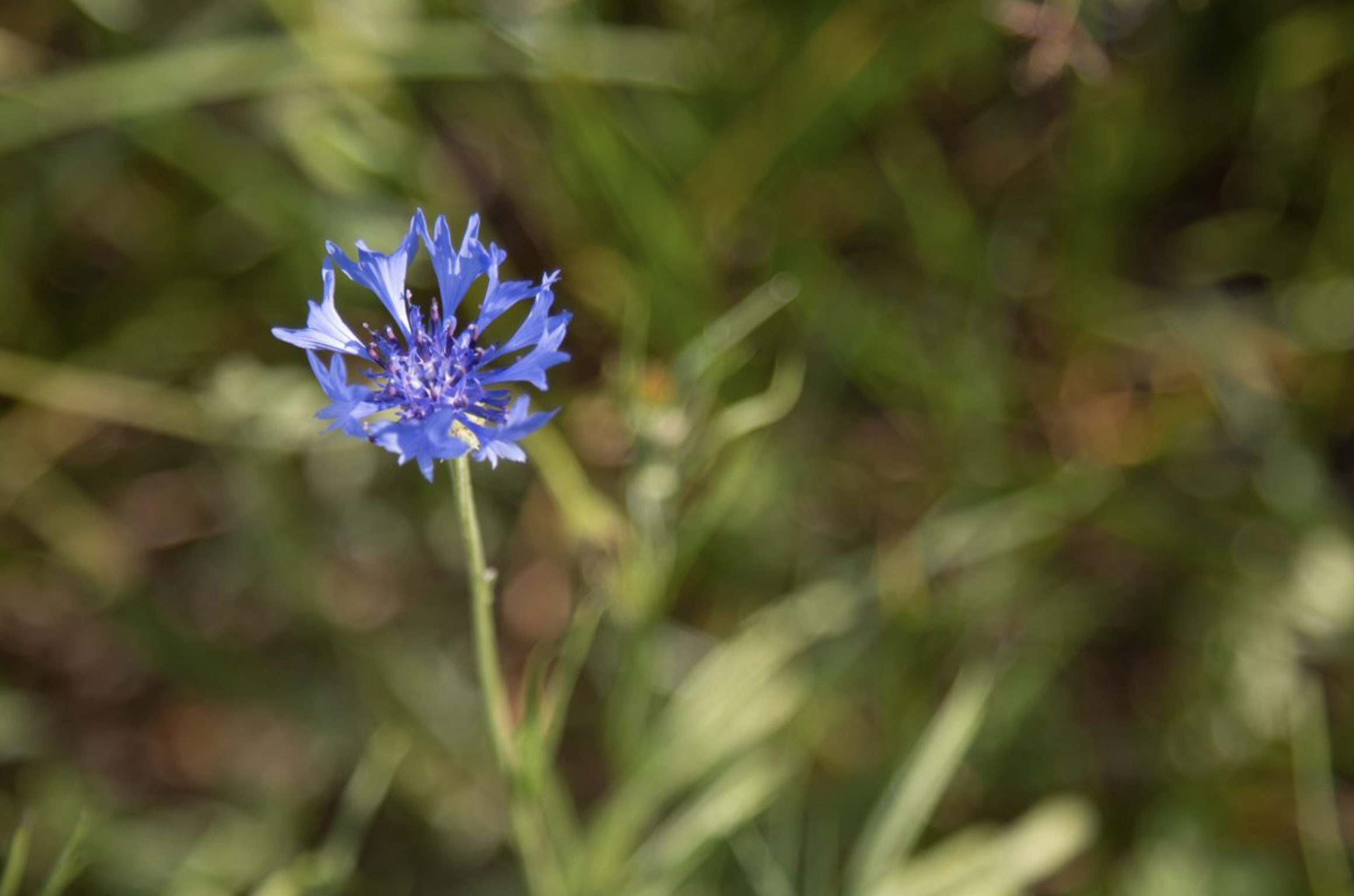THE PROJECT
Project background | garden design
The Delprat Garden on the fringes of the former BHP site at Mayfield, reinstitutes regimes of care by utilizing phytoremediation process in the form of a garden design. This project facilitates and strengthens the initial investigations at White Bay Power Station, with the synonymous vision of performative regeneration. The various native and exotic vegetation planted by the research team, are not purely for aesthetic recuperation, but serve as a demonstration of low-cost ways to decontaminate heavy metals within the grounds. The absorption and metabolism of the soil’s toxins by plants, begins the reversal of contaminates in the environment, and encompasses a natural, process-based capability and a metaphorical rebirth.
The revitalisation of the soil through the selected plant species occurs through the process of phytoremediation. Such biotechnologies utilise various plant capabilities for rehabilitation, as they perform via their inherent behaviour of transferring, cleansing, and removing explicit toxic soil malignments. The designed garden typologies are: flowering meadows, an orchard & native tree grove, an ornamental vegetation border, a federation style cottage garden, and a kitchen garden. The analysis of each garden and its species capabilities for depurating and cleansing the humus by the team, will provide evidence and assist the prosperity of further regeneration projects.
While the plants are actively cleansing the soil, we are also experimenting with a series of activations and other, more human versions of performance. Partly educative to articulate key aspects of the garden and its processes, partly poetic to celebrate the richness and complexity of this site, and partly whimsical because gardens offer a respite from our daily concerns and help us recentre. The activation of the garden is integral to reaching our various communities, where we aspire to instil a similar ethos towards the regenerative powers of phytoremediation processes in their own yards and gardens.
The memory of Australia’s industrialist epoch resides in the soil of its abandoned steel works. With the ghost of BHP still inhabiting the land; queries of healing seem futile and costly. Colonial attitudes towards the land and our lack of understanding about widespread practices of poisoning sites, has left a difficult legacy whereby Australia Indigenous land management practices and knowledges about Country are largely ignored. While this project is a hybrid of scientific (western) and design (also western) knowledges, it seeks to restore and rebalance this ecosystem through soil remediation. Thus, in some small way we are paying reverence to local Awabakal & Worimii connection to Country. It is important to note here that it is only a beginning, we have much to learn and a further aim of this project is to share these learnings via open access, so that others can take our findings and produce even better outcomes. The decommodification of land is intrinsic to human development, and the power of the natural to reconcile a degraded and despondent landscape, can be synthesised into other personal and communal aspirations. Thus, this project desires to inspire and promote our necessary reconnection and repentance with the natural realm.
garden design
Due to the heavy industrial history of this site the condition of the soil has deteriorated and is in need of remediation, there are a number of contaminants on site. This places it as an ideal location for the Phytorememdiation project to test a range of plant species and garden types to ascertain their ability to absorb these toxins. The soil conditions will be matched to the species selected.
The style of the garden responds to the era of the cottage - whilst there is a general concensus that a garden was never part of the grounds - as the cottage had a rather utalitarian purpose. Prior to it’s function as the site for BHP the area is indicated on early maps as ‘Botanical Gardens’
A historical background on Federation garden typologies in Australia has indicated that Federation Gardens in NSW differ from those in Victoria. There is evidence of a mix of native and non-native plantings in Federation and early 19th Century gardens before the rise of the native garden movement in the mid-19th Century. This historical background has informed our planting palatte and the manner in which we have divided the site into garden typologies.
In his exploration of federation gardens in 1981 Christopher Betteridge noted: “....Beds and edges of annuals were common in the Federation period”. Back gardens were devoted to vegetable beds, fruit trees and further beds of flowers such as dahlias for cutting”. A bushhouse contained ferns, orchids and other less hard plants”.
The following gardens will be explored:
A Flowering Meadow
An Orchard/Grove - A reference to the historic orchard that existed above the site prior to
the construction of the cottage.
Bounded Shrubs
A Cottage Garden framing the heritage building
A Kitchen Garden - exploring edible species.
VEGETABLE GARDEN
Synonymous with the common household vegetable garden, this design utilises a high turnover of annual and perennial vegetables and plants, to test a multitude of species for their phytoremediation performances. It determines which vegetables extract the toxins and contaminates from the soil, and whether the plant will remain safe to consume. The vegetable garden lies to the south-west between the cottage and garage. It is made up of 8 beds and filled with a range of herbs, vegetables, fruits and sunflowers.
*When visiting site the plants are not suitable for human consumption, please do not touch or eat.




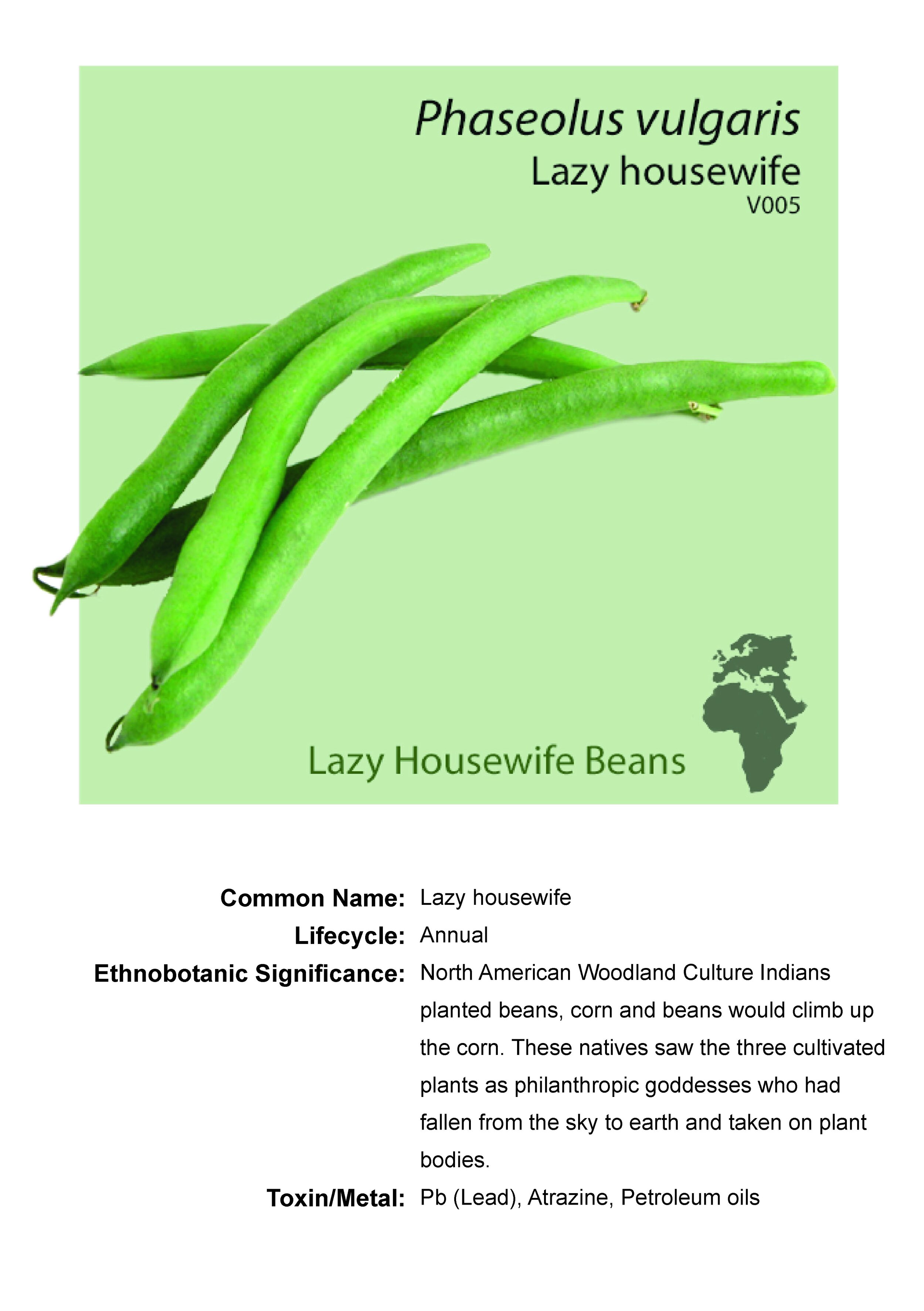
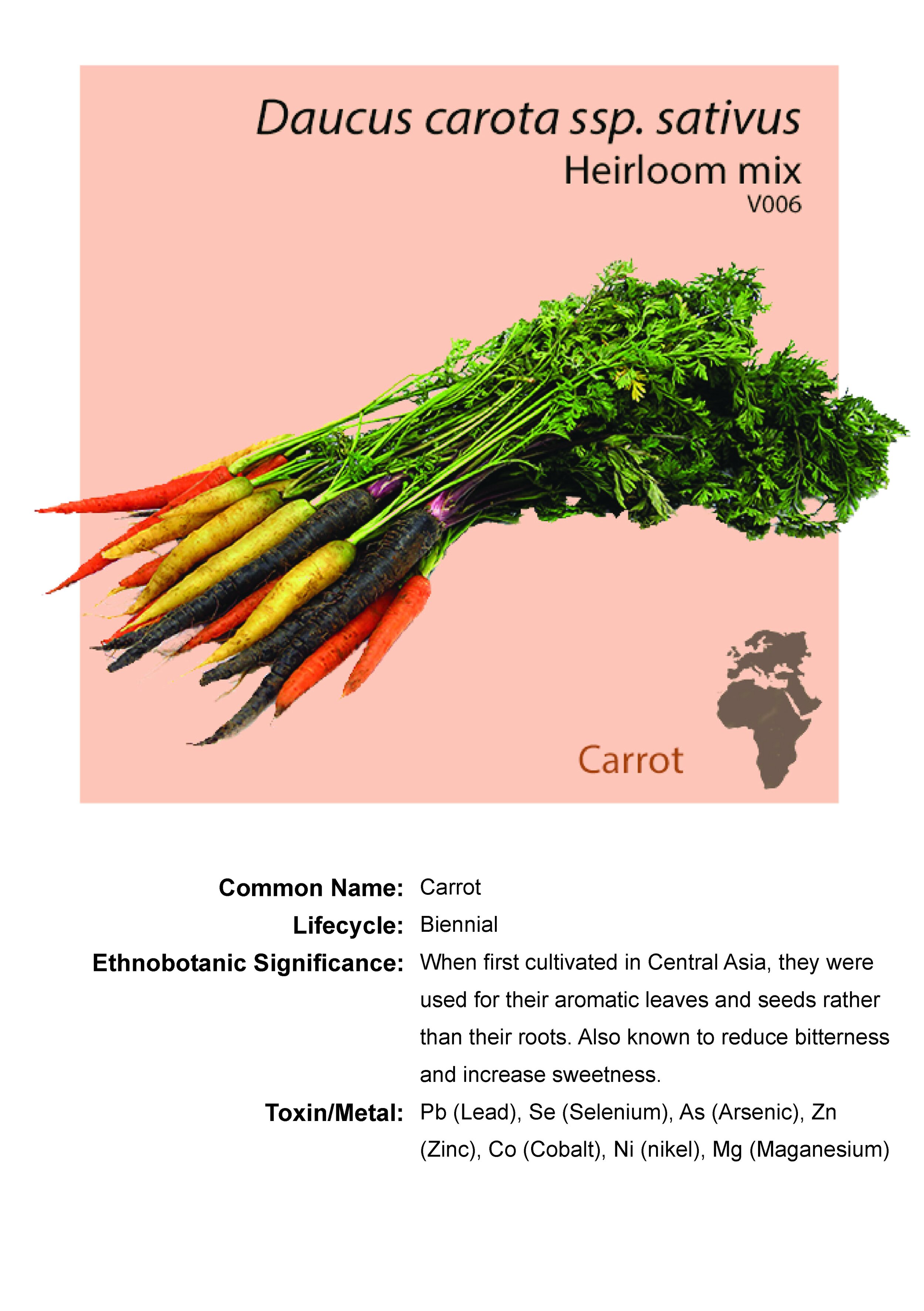









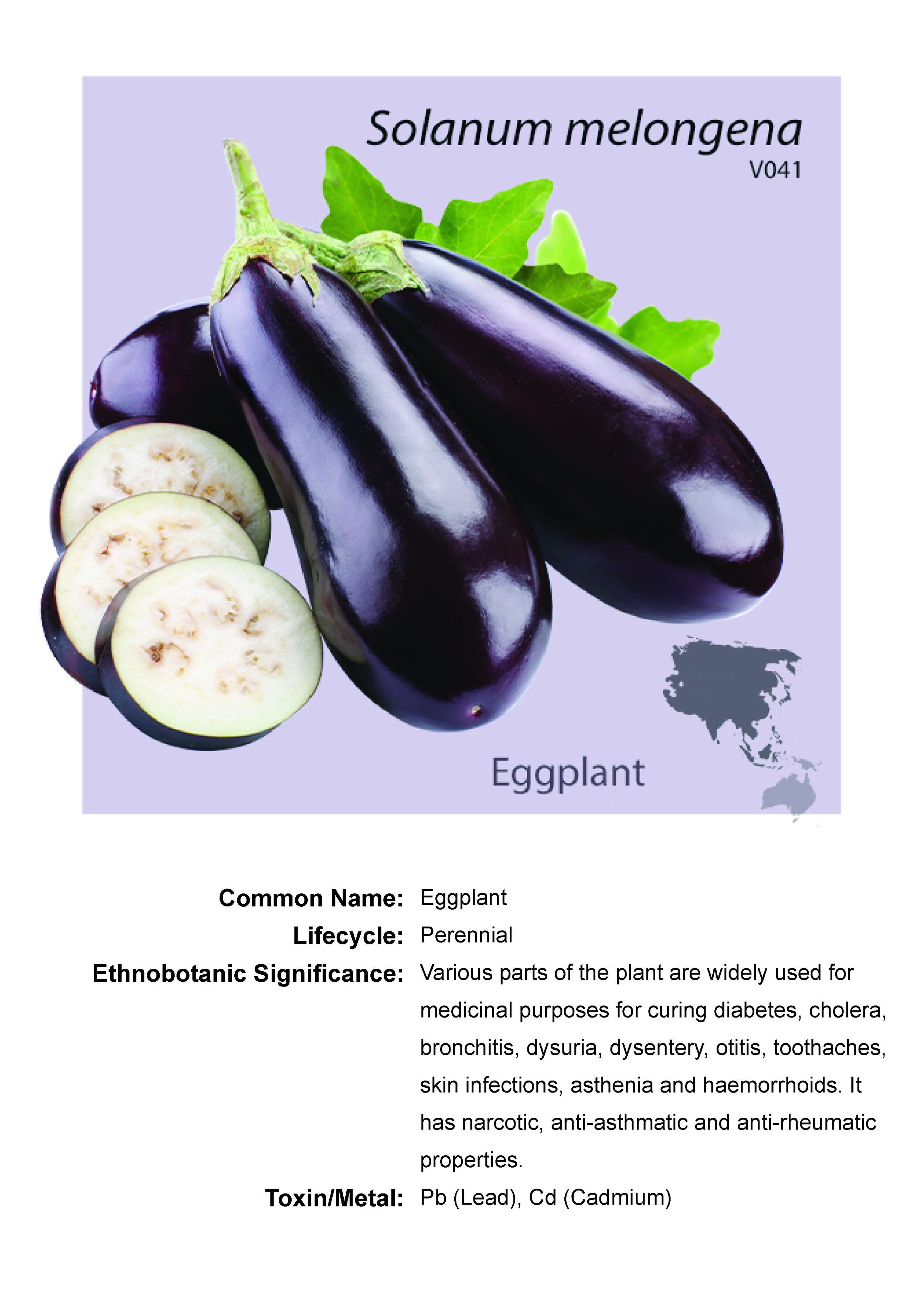

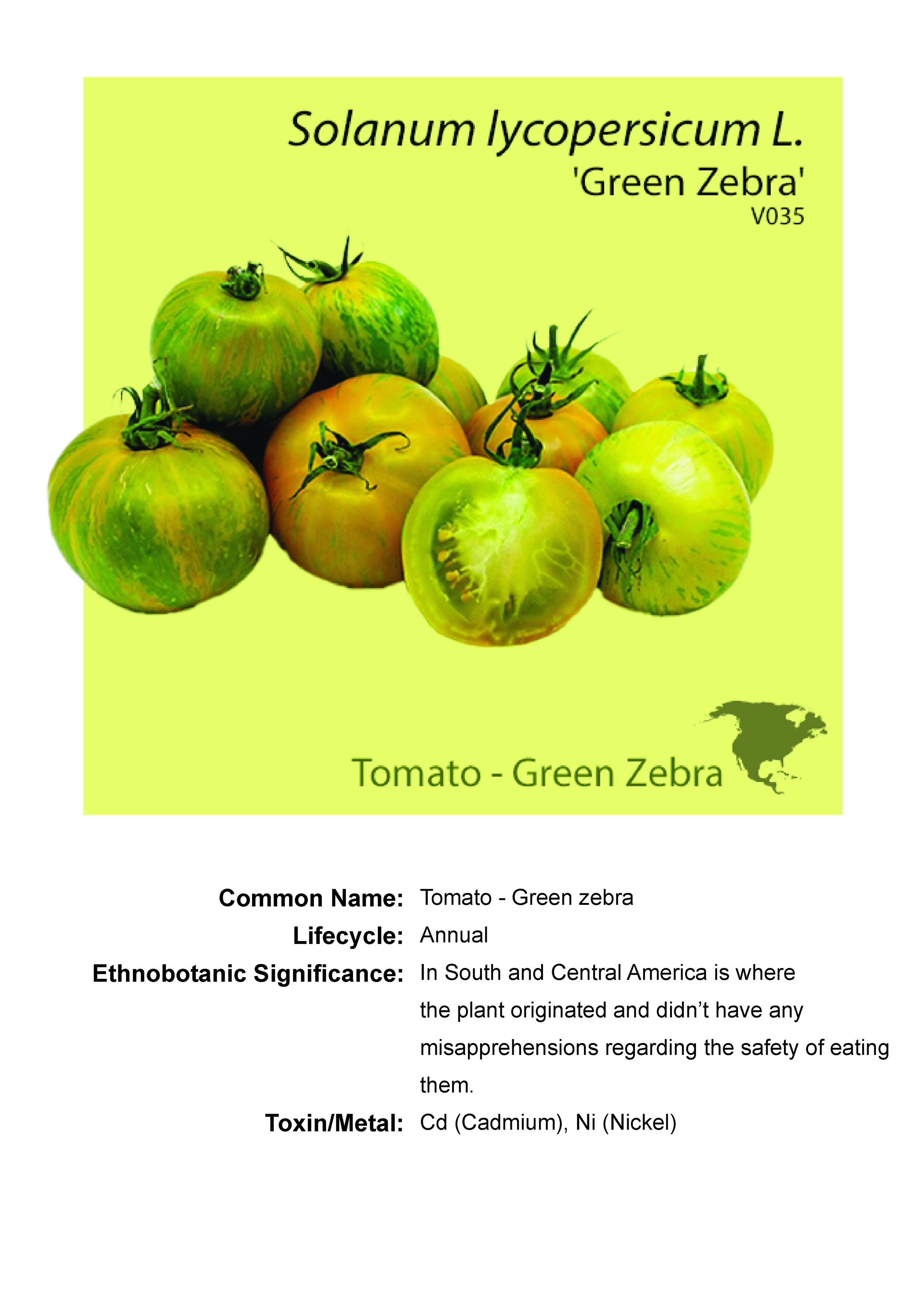



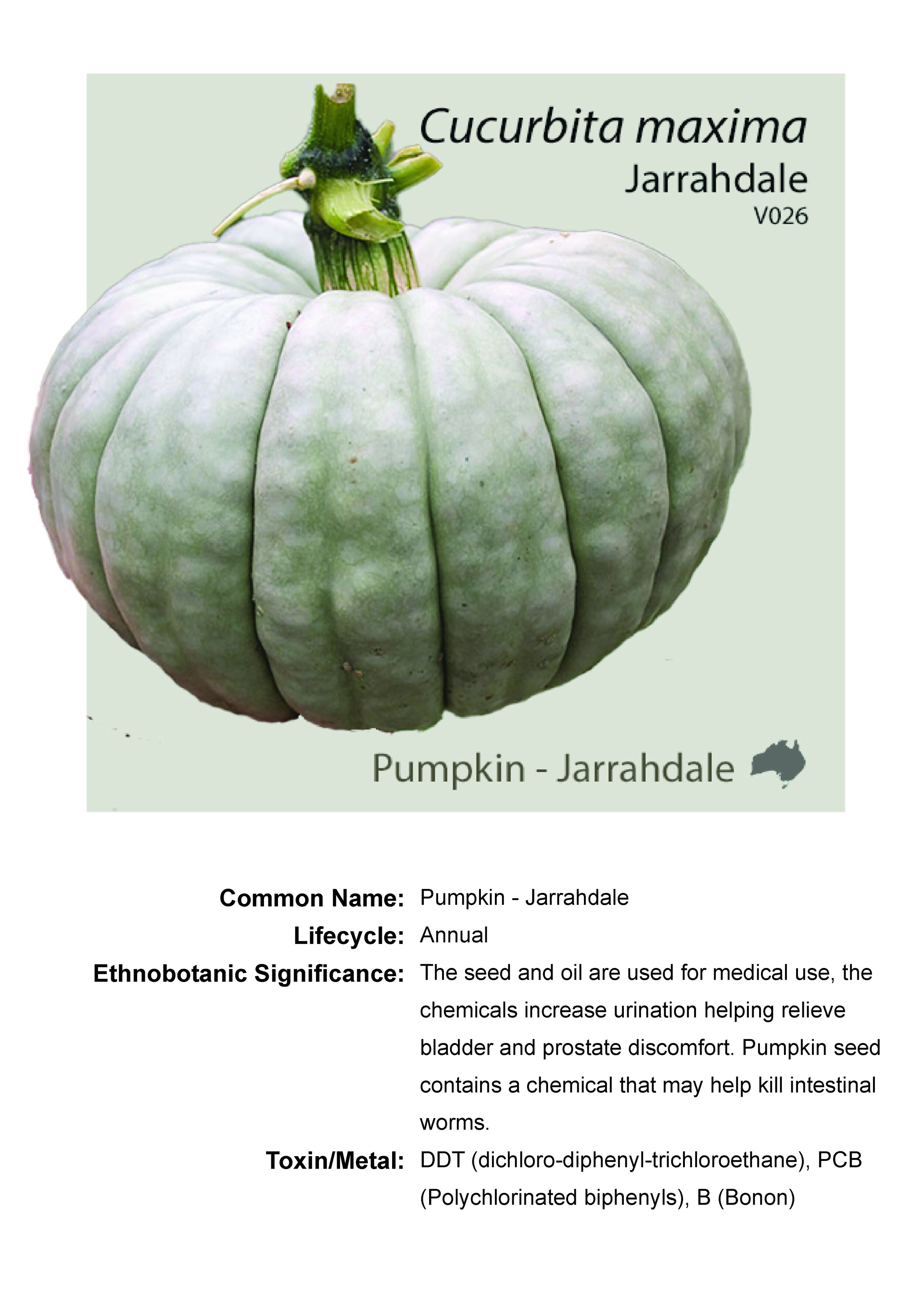

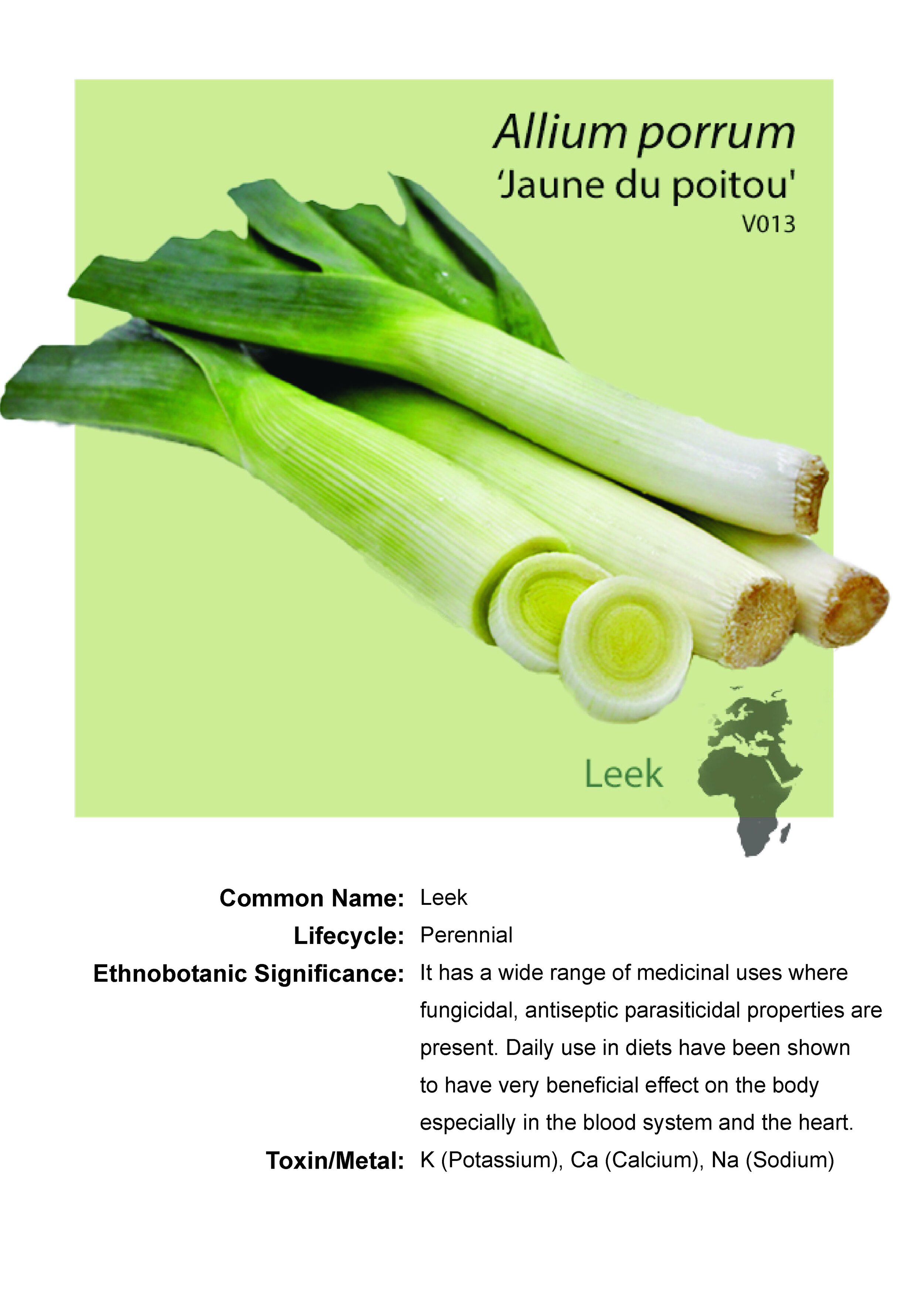







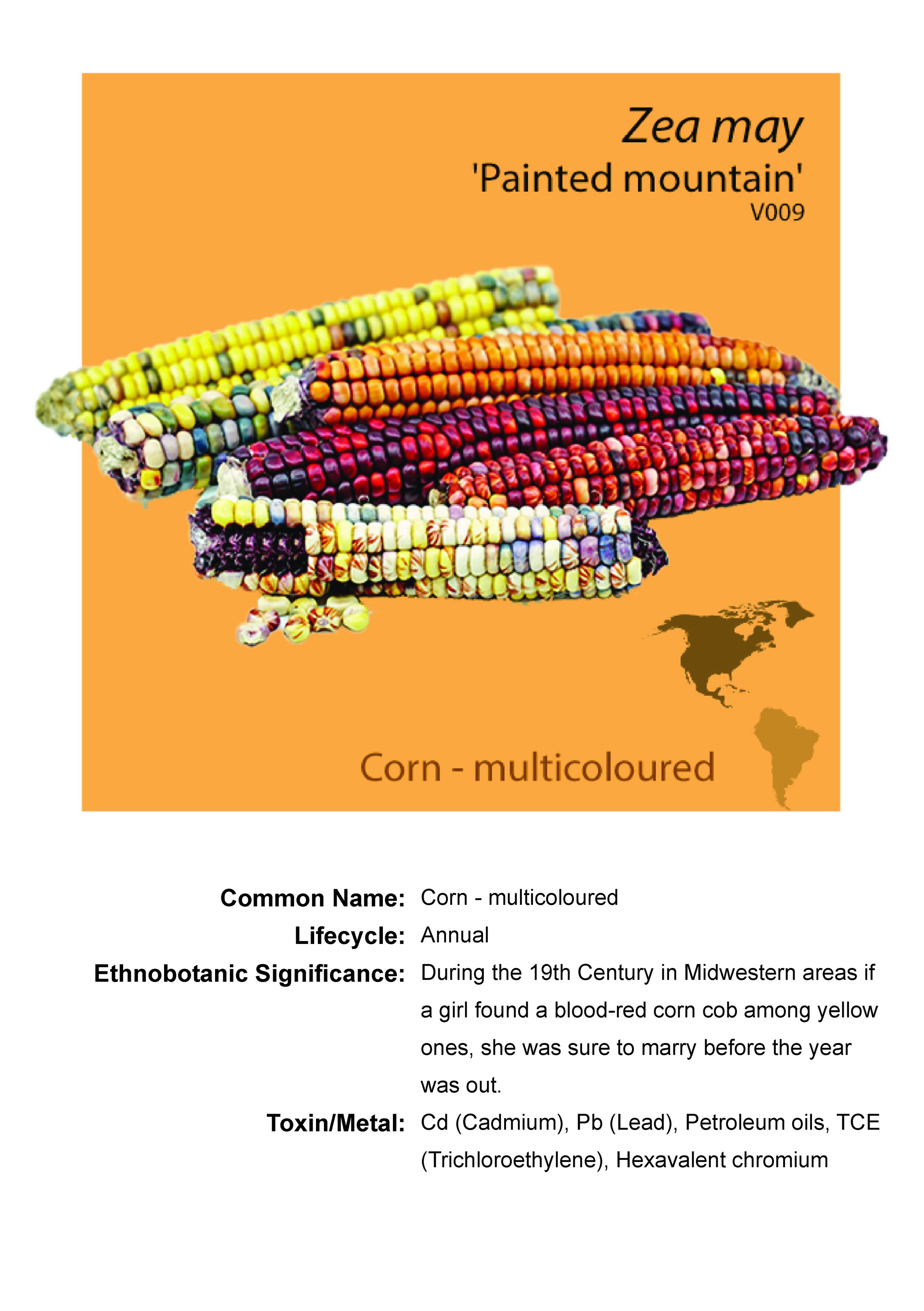


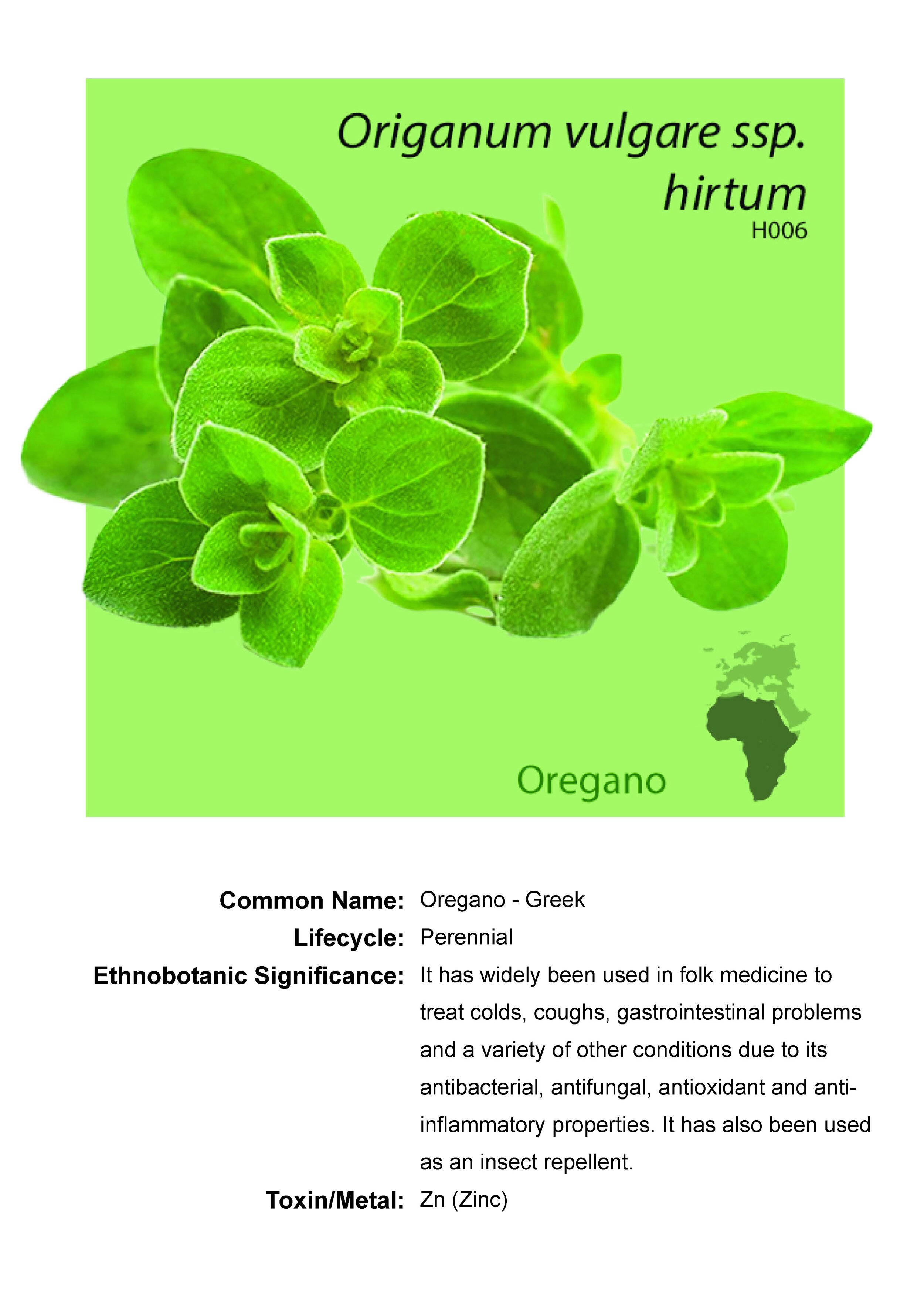



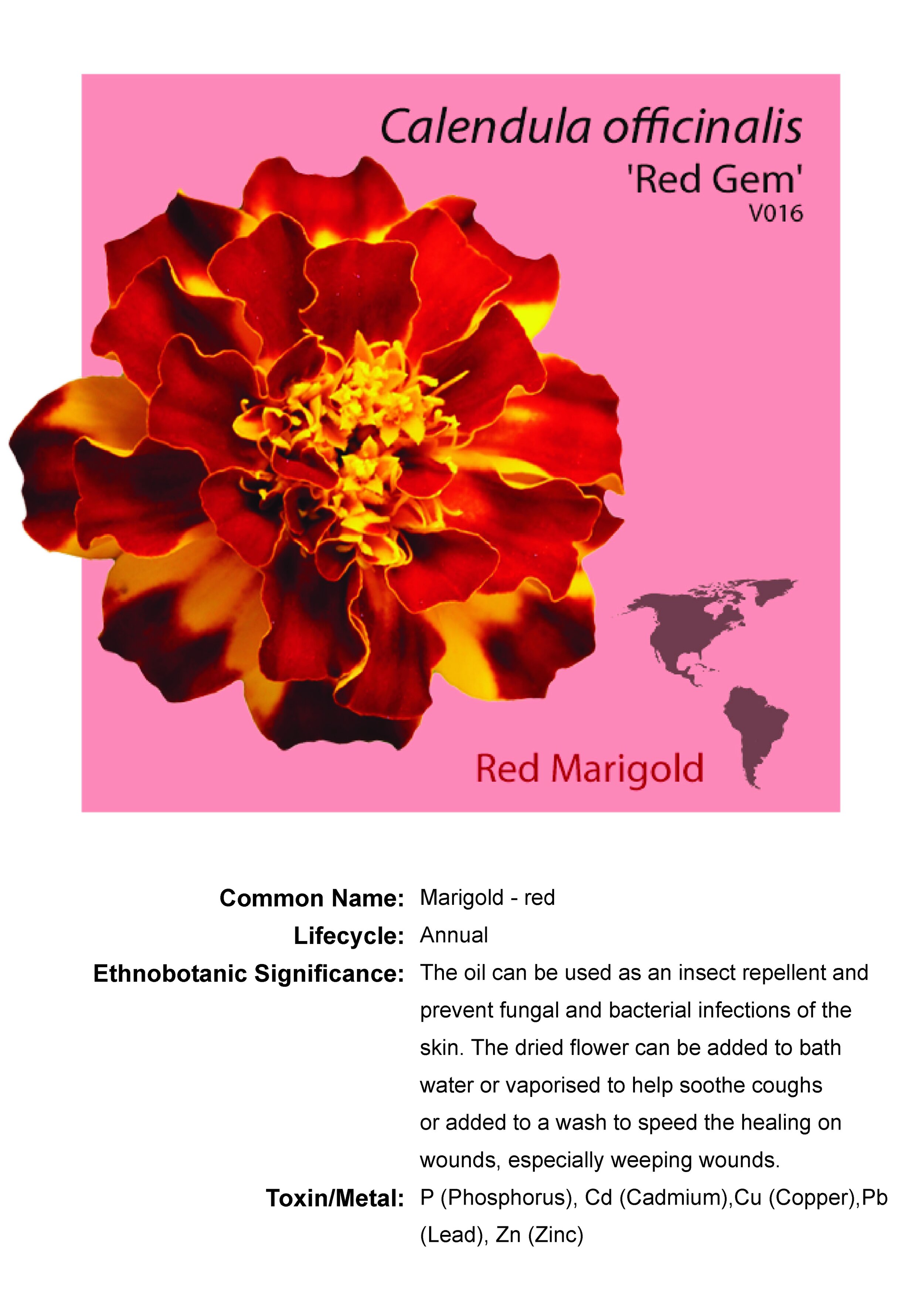










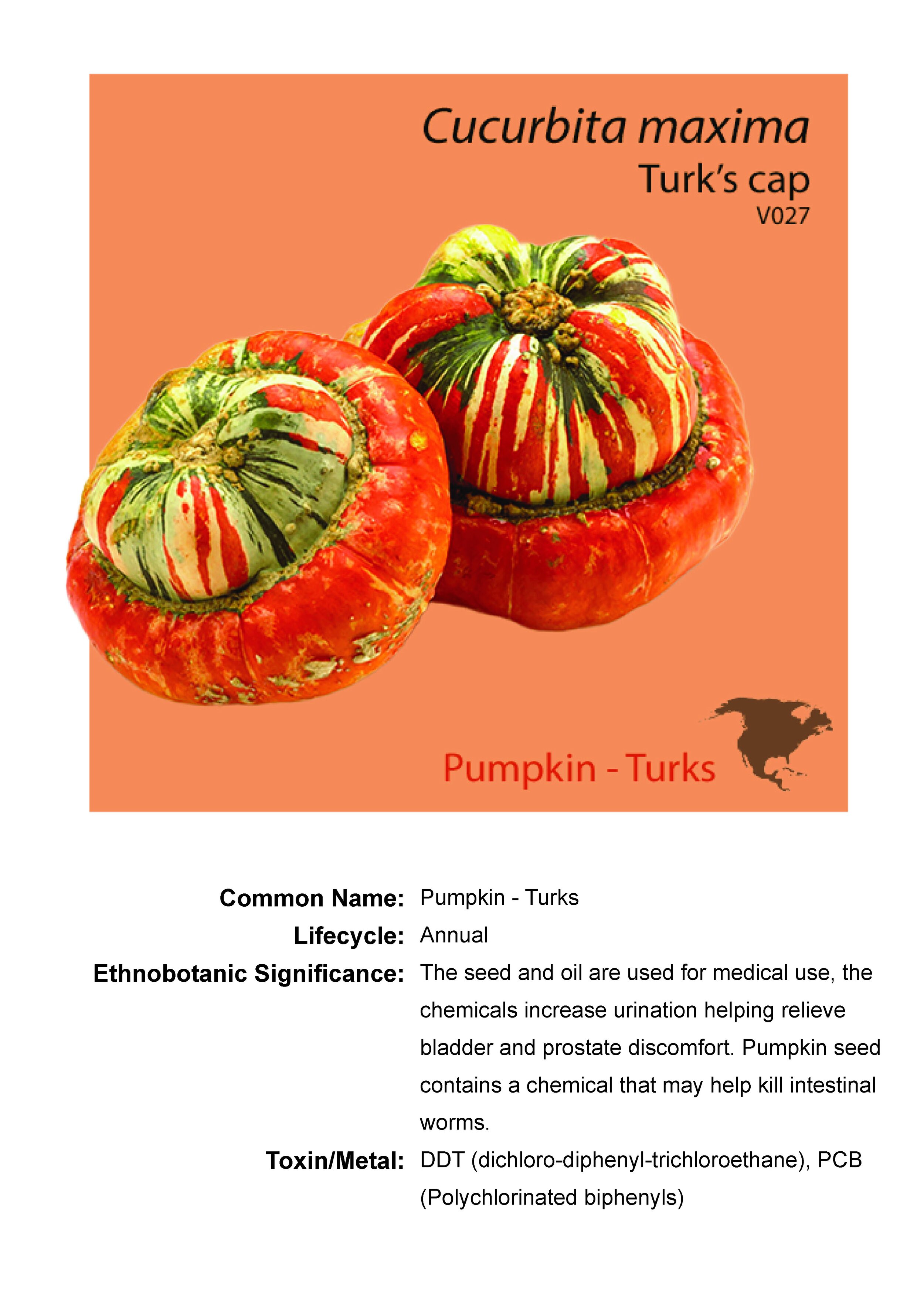



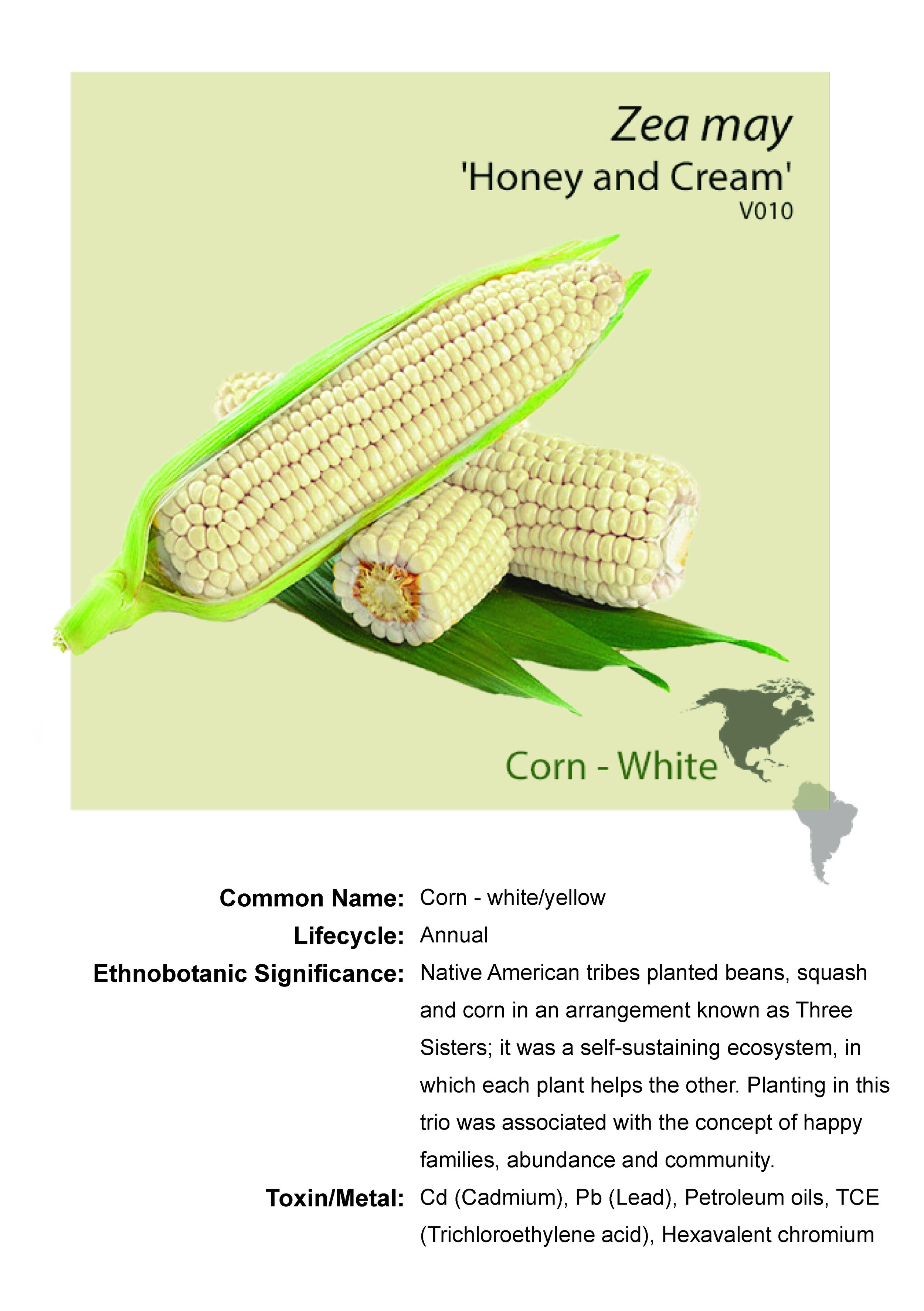

COTTAGE GARDEN
The cottage garden mimics the plants present within existing residential gardens, through the implantation of shrubs and cottage style plants. It is designed to have a 2–10-year lifespan, and test for phytoremediation properties in common residential gardens. Additionally, it seeks to test phytovolatilization in exotic species.
The Cottage Garden wraps around the north and eastern side of Delprat Cottage. A variety of small flowers and shrubs have been planted around existing Frangipani and Camelia trees.
*When visiting site the plants are not suitable for human consumption, please do not touch or eat.





ORCHARD GARDEN
The intention of the orchard is to restore and pay homage to the pertinence and sincerity of the land before it was industrialised. Inspired by the botanical gardens, the orchard consists of native and exotic tree species, to assess their cleansing, and potentially transmitting properties. This aimed act of reconciliation will additionally perform as an enduring solution and investigation, into whether the orchard can persist as a solution to toxicities, or if rather toxic absorption in leaves, stems, flowers, and pollen will affect ecosystems through seed dispersals and pollination.
*When visiting site the plants are not suitable for human consumption, please do not touch or eat.















MEADOWS
The meadow garden design is based on an implementation of a broad-acre style planting. This low-cost design consists of an array of annual and perennial grasses and meadow flowers, to test the potential of phytoremediation at a more expansive scale. The aspiration for this garden, is for it to provide a cost-effective extensive soil remediation, that will be a tool for treating potentially large exposure sites.
*When visiting site the plants are not suitable for human consumption, please do not touch or eat.
